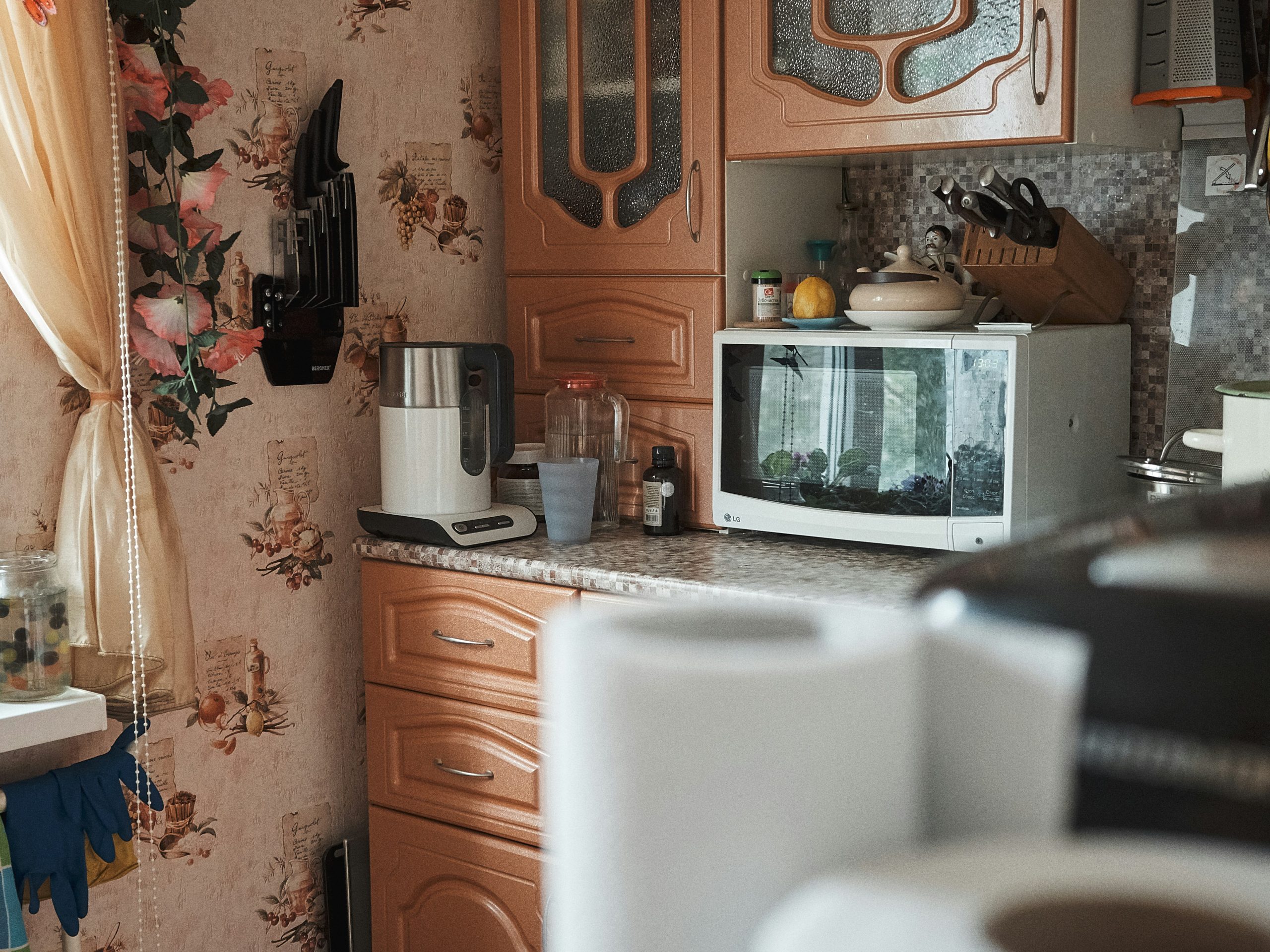
Is there a single place that microbes have failed to colonize? Oil spills, ocean plastic, industrial waste, and even the interior of the International Space Station are not immune to these microscopic creatures. They’ve also managed to establish themselves in one of the most extreme, yet also most common, places in the world: the inside of microwave ovens.
According to the work of Spanish researchers published in Frontiers in MicrobiologyMicrobes have already been discovered inside these places that are regularly exposed to strong radiation.
According to the specialists, this discovery is not only important in terms of hygiene, but could also lead to biotechnological applications, for example if the microbial strains in question could be used in industrial processes that require particularly resistant bacteria.
“Our results show that household microwaves have a microbiome very similar to that of kitchen countertops, while laboratory microwaves harbor bacteria that are more resistant to radiation,” said Daniel Torrent, one of the study’s authors and a researcher at the small Darwin Bioprospecting Excellence company in Spain.
Mr. Torrent and his colleagues collected microbes from inside 30 microwave ovens: 10 from homes; 10 from shared spaces such as offices, community centers and cafeterias; and 10 installed in molecular biology and microbiology laboratories. The goal was to determine whether these microbial communities were affected by interactions with food and user habits.
To quantify microbial diversity, the team used two methods: next-generation sequencing and growing 101 strains in five different “soils.”
Diverse microbiome at home
In total, the researchers found 747 different genera that were grouped into 25 major classes of bacteria.
They also found that the composition of the typical microbial community was relatively similar in home microwaves and those in shared locations, while it was significantly different in the laboratory. Diversity was lowest in the home, unlike in the laboratory, where it was highest.
However, according to Mr. Torrent, certain types of bacteria found in household microwave ovens can pose a risk to human health. “However, it is important to note that the microbial communities found in microwave ovens are no more dangerous than those found on other kitchen surfaces.”
Surprisingly, these microbial communities resemble those found in artificial habitats: on solar panels. For the researchers behind the study, the constant heat shock, electromagnetic radiation and desiccation in such irradiated environments may have repeatedly encouraged the selection of particularly resistant microbes, just as they do in microwaves.
“For the general public, but also for laboratory workers, we recommend regularly disinfecting microwave ovens with a diluted bleach solution, or with a commercially available disinfectant product. In addition, it is important to wipe the inside of the device with a damp cloth after each use, in order to remove all residues, as well as to clean any damage, to avoid the development and growth of bacteria.”





